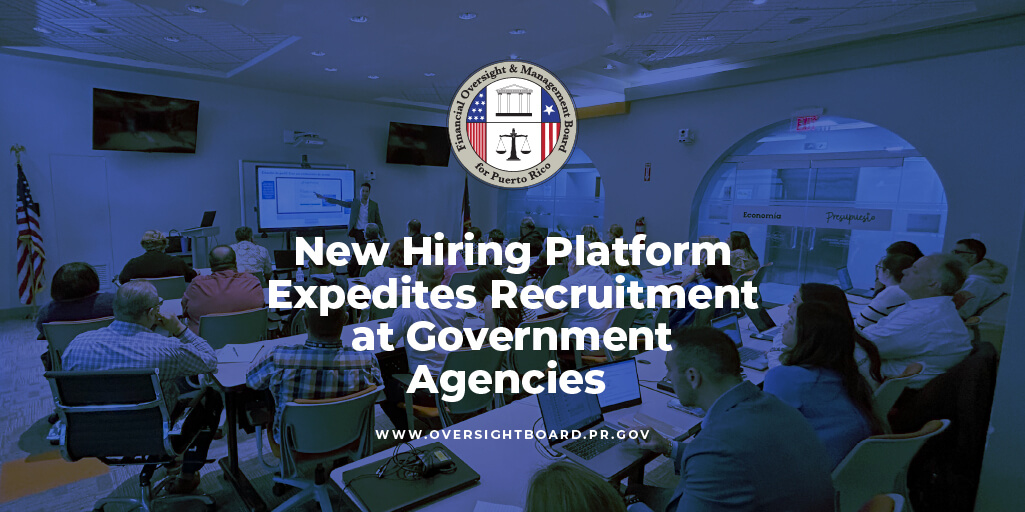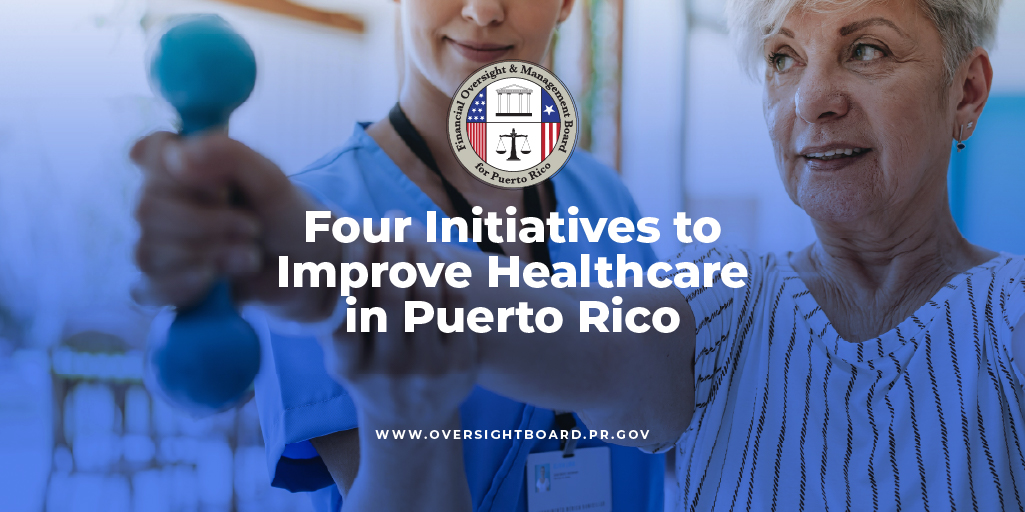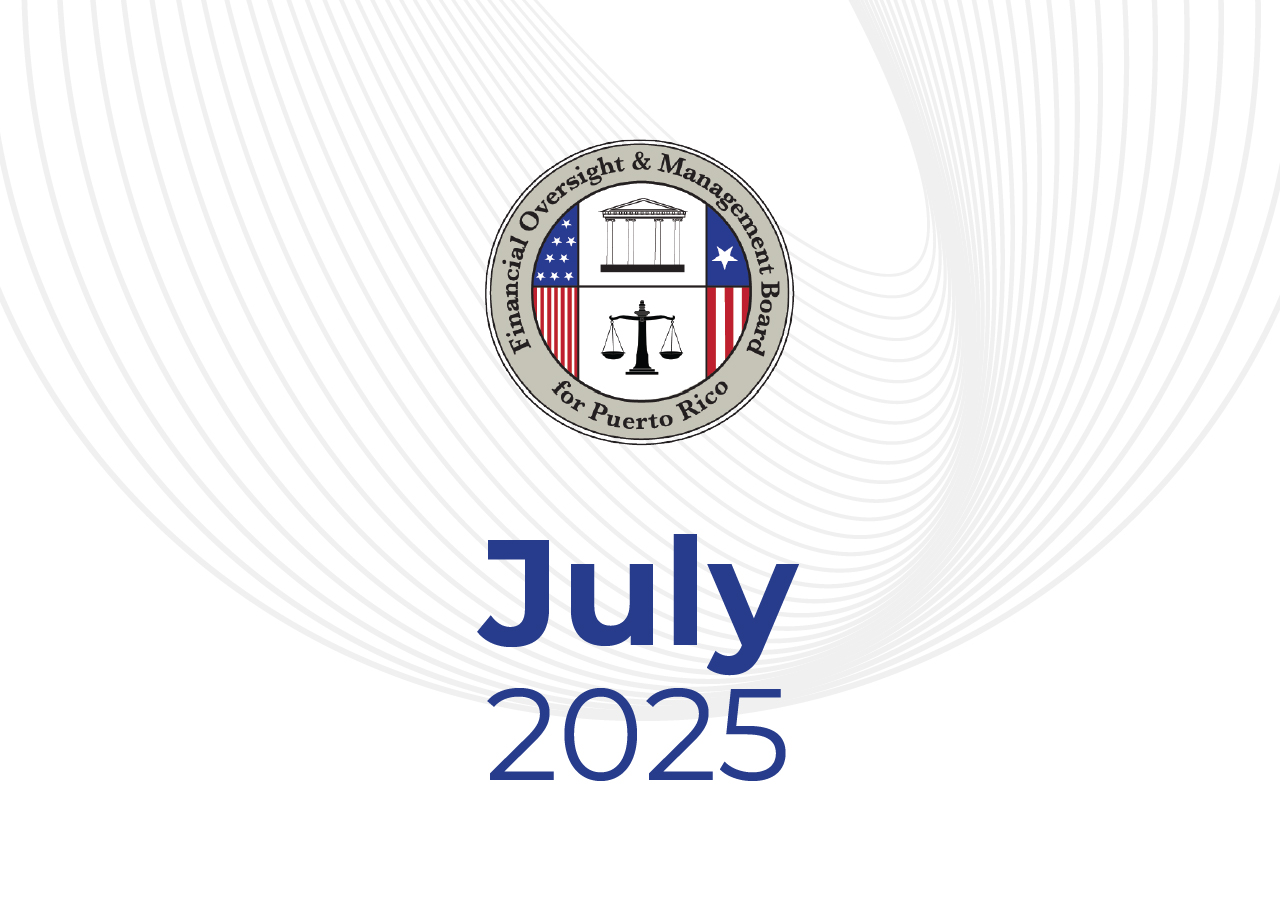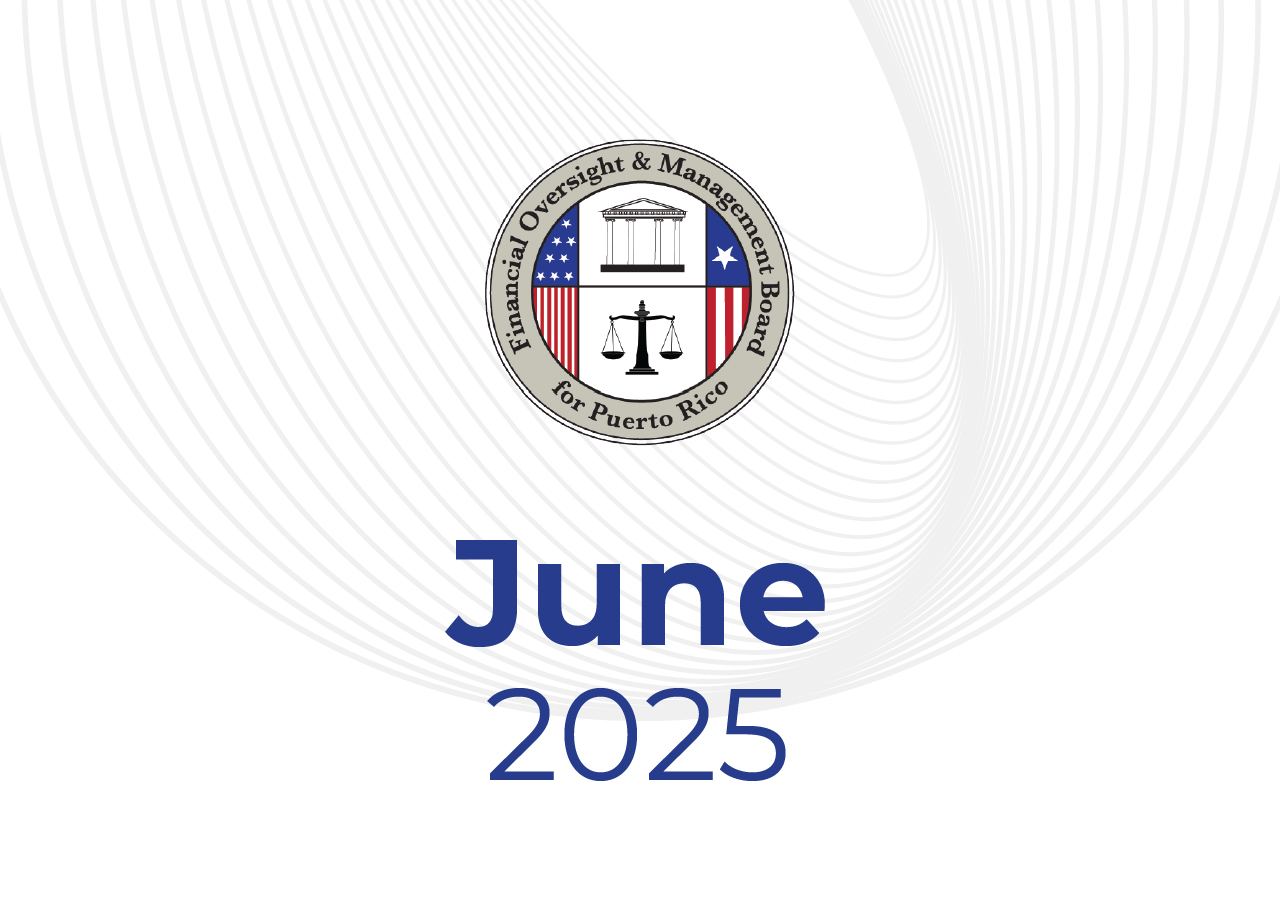Filling vacancies within the Puerto Rico Department of Education (PRDE), and other government agencies, has historically been difficult. A long, tedious process, often criticized for possible biased hiring practices, deterred candidates from applying for the jobs. But this has recently begun to change.
In less than 2 months, the Government of Puerto Rico received over 12,000 applications for 256 job postings, as part of a new pilot program that aims to significantly reduce the time it takes to hire civil servants, while also limiting the chances of biases interfering in the process. The pilot is part of the Civil Service Reform (CSR), a joint initiative of the Financial Oversight and Management Board and the Puerto Rico Government, and 7 government agencies are participating in the first phase.
The pilot uses Artificial Intelligence (AI) to match candidates to vacant positions by focusing on the skills needed for the jobs. This is done through a new hiring platform that was launched at 6 government agencies at the beginning of March 2024, and at the PRDE at the end of April 2024.
Reducing hiring time from months to days
The technology also allows the government agencies to expedite the hiring process, by making it easier for candidates to search and apply for jobs, thus making the hiring process more effective and efficient for the candidates and the government agencies. By conducting the process digitally from beginning to end and using AI to determine the candidates’ eligibility and qualifications for the position, filling a vacancy could take a matter of weeks instead the months it often took before the implementation of the pilot program.
At the Puerto Rico Department of Economic Development and Commerce (DDEC), candidates were hired to fill 41 of the 57 vacancies at DDEC in just two months. The hiring process to fill each role took an average of 13 business days.
Recruitment processes in government have historically been mostly paper-based, and each agency has its own system and process. As a result, the hiring process was often slow and bureaucratic. Now, with this pilot, a new digital model is being introduced in the government’s hiring process. At the same time, the recruitment processes are being standardized and digitized in all central government agencies. This will create uniformity and standardization.
Matching candidates with the best role
The AI technology not only determines if an applicant has the skills needed for the job they are applying to, but it also suggests other vacant positions for which the applicant might be an ideal match. By analyzing the information on each candidate’s resume or what was entered into the application, the platform conducts a search of the skills the candidate has, and the skills required for each vacancy and then shows the applicant all the available positions that require their skills so that they can also apply to those roles.
This approach seems to be working: In the first two months since its launch, over 12,000 applications were submitted through the new hiring platform and 3,448 candidates applied for more than one job. The number of applications received through the new hiring portal in the first two months is equal to 50% of the total number of applications received through the government hiring portal since it was launched two years ago.
Ending biases in hiring at government agencies
To reduce the interference of biases in the hiring process, the new technology masks candidates’ names during the first phases of the process, showing only the candidates’ initials to the hiring staff. This allows the staff to evaluate the applicants objectively, focusing primarily on their skills. Masking the names aims to promote confidence in the processes and decisions made by minimizing any bias that those who evaluate applicants may have.
The Puerto Rico Department of Education (PRDE), an agency that has often been accused of allowing biases to influence decisions during the hiring process, began announcing new positions on the platform at the end of April 2024. In the first two weeks, the agency received over 8,544 applications for 177 vacancies from 2,276 candidates. The AI pairing capabilities of the platform helped them apply for several vacancies.
Hiring and supporting the best employees
Attracting talent is not easy. The Government is competing with the private sector in Puerto Rico, which is very robust. To attract the best talent, the central government must not only offer competitive salaries, but also have a welcoming recruitment process.
The pilot program also focuses on managing the development and growth of employees over time through a new talent management strategy. Activities associated with talent management include a new skills-based employee evaluation system, the use of a digital platform for employees to take online courses to acquire new skills, and a new professional development model with opportunities for promotions and additional compensation to employees.
Besides PRDE and DDEC, other agencies currently participating in the new pilot program and posting jobs on the hiring platform are the Office of the Administration and Transformation of Human Resources (OATRH), the Office of Management and Budget (OMB), the Forensic Science Institute, and the Department of Treasury (DoT). The second stage of the pilot will also include the Puerto Rico Department of Labor, the Puerto Rico Department of Health, the Department of Natural and Environmental Resources (DNER) and the Puerto Rico Fiscal Agency and Financial Advisory Authority (AAFAF).
The Oversight Board and the Government will continue working together to improve the experiences of public sector employees, thus improving services to the people and businesses of Puerto Rico.





